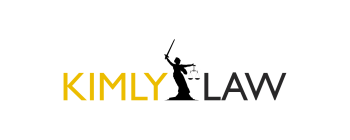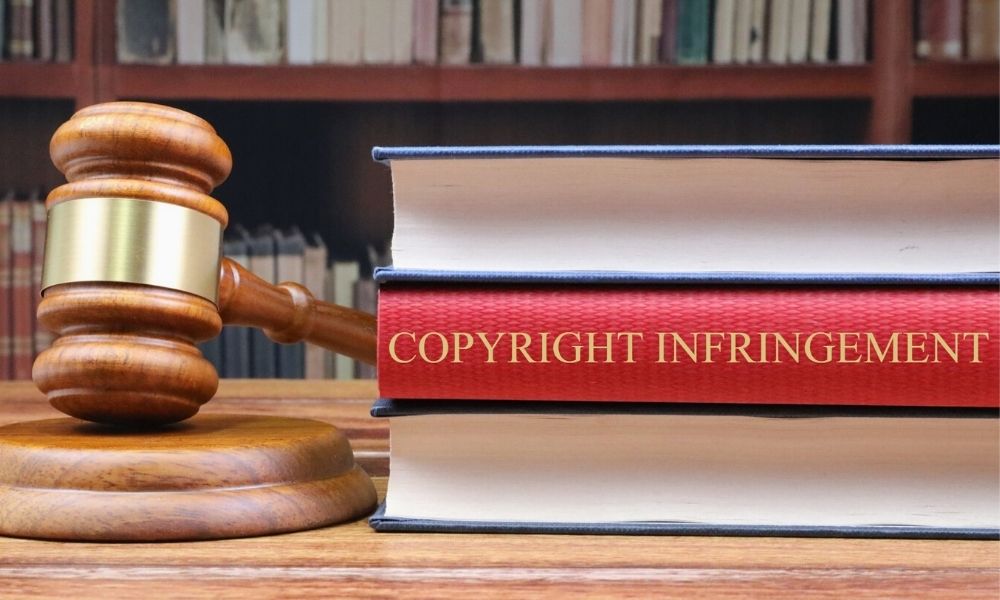Copyright law can be a complex and confusing area of law, especially when it comes to the concept of fair use. Fair use is a legal doctrine that allows for the limited use of copyrighted material without the permission of the copyright owner. However, determining what constitutes fair use can be difficult, and there are many factors that must be considered.
What is Fair Use?
In general, fair use is a legal defense that allows for the limited use of copyrighted material for certain purposes such as criticism, commentary, news reporting, teaching, scholarship, or research. Fair use is intended to balance the interests of copyright owners with the interests of the public in accessing and using copyrighted works.
The fair use doctrine is codified in Section 107 of the U.S. Copyright Act, which sets forth four factors to be considered when determining whether a particular use of a copyrighted work is fair:
- The purpose and character of the use, including whether such use is of a commercial nature or is for nonprofit educational purposes
- The nature of the copyrighted work
- The amount and substantiality of the portion used in relation to the copyrighted work as a whole
- The effect of the use upon the potential market for or value of the copyrighted work
Factors to Consider
When evaluating a particular use of a copyrighted work, it is important to consider each of the four factors set forth in Section 107. Here are some things to keep in mind:
Purpose and Character of the Use
This factor considers whether the use is transformative or merely a copy of the original work. Transformative uses are more likely to be considered fair use because they add something new or create a new meaning or message. Additionally, nonprofit and educational uses are more likely to be considered fair use than commercial uses.
Nature of the Copyrighted Work

This factor considers whether the copyrighted work is factual or creative in nature. Factual works are more likely to be considered fair use because they are less likely to be the subject of creativity. Creative works are entitled to greater protection under copyright law.
Amount and Substantiality of the Portion Used
This factor considers how much of the copyrighted work was used and whether the portion used was the heart of the work. Using only a small portion of a work is more likely to be considered fair use than using a large portion or the most important part of the work.
Effect on the Potential Market
This factor considers whether the use of the copyrighted work will have an adverse effect on the market for the original work. If the use is likely to harm the potential market for the original work, it is less likely to be considered fair use.
Ultimately, determining whether a particular use of a copyrighted work is fair requires a careful analysis of the four factors set forth in Section 107 of the U.S. Copyright Act. While fair use can be a powerful tool for creators and users of copyrighted works, it is important to understand the limits of this doctrine and to seek legal advice when in doubt.

